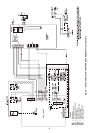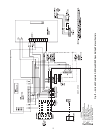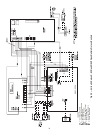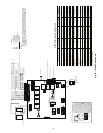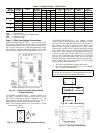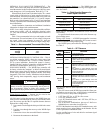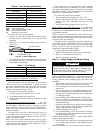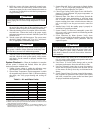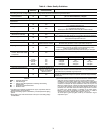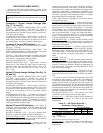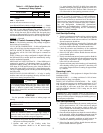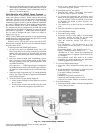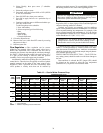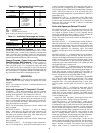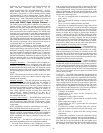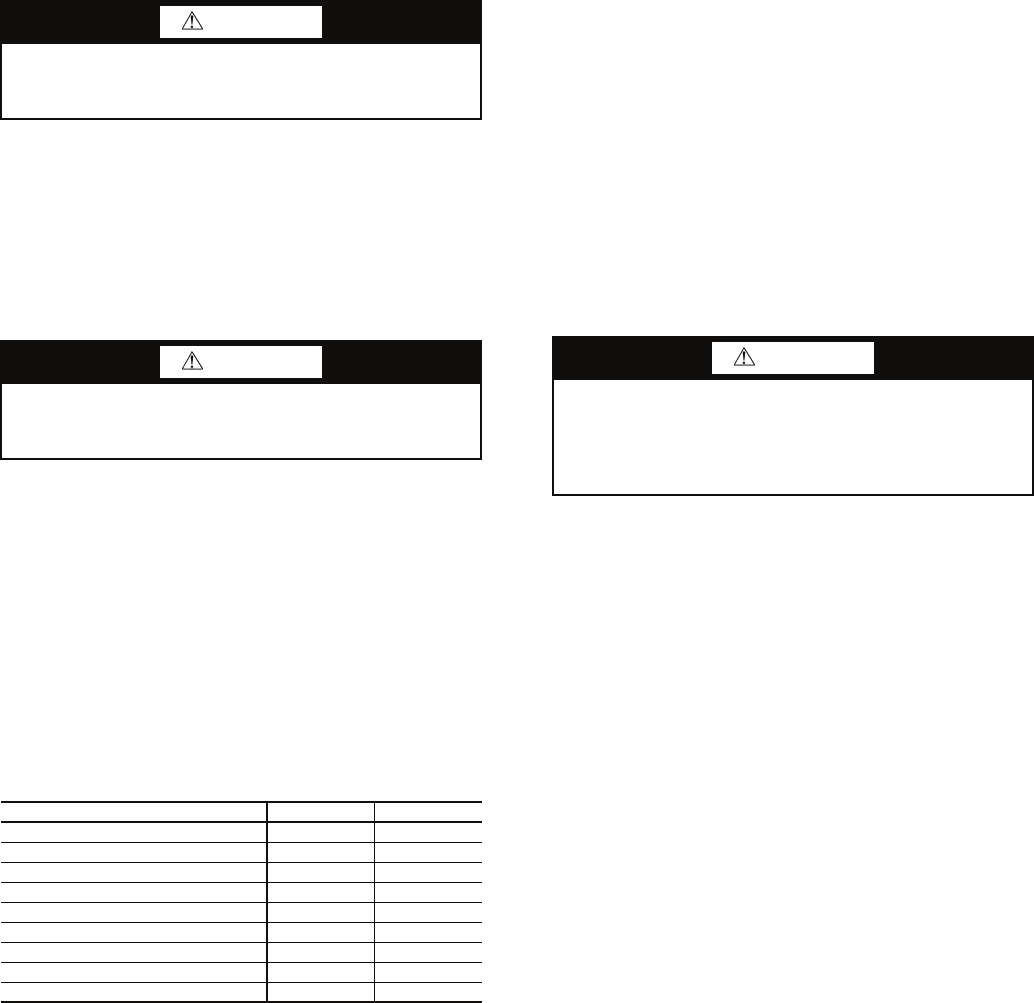
34
8. Refill the system with clean, chemically treated water.
Since water varies for each locality, contact a local water
treatment company for the correct treatment chemicals to
use in the area. Set the boiler to raise the loop temperature
to approximately 85 F.
.
Circulate the solution for a minimum of 8 to 24 hours. At
the end of this period, shut off the circulating pump and
drain the solution. Repeat system cleaning as necessary.
9. When the cleaning process is complete, remove the short-
circuited hoses. Connect the hoses to the proper supply
and return connections on each unit. Refill the system and
bleed off all air.
10. Test the system pH with litmus paper. The system water
should be slightly alkaline (pH 7.0 to 8.5). Add chemi-
cals, as appropriate, to maintain acidity levels.
11. When the system is successfully cleaned, flushed, refilled
and bled, check the main system panels, safety cutouts
and alarms. Set the controls to properly maintain loop
temperatures.
System Checkout — When the installation is complete
and the system is cleaned and flushed, follow the system
checkout procedure outlined below.
1. Voltage: Ensure voltage is within the utilization range
specifications of the unit compressor and fan motor.
2. System Water Temperature: Ensure temperature is within
an acceptable range shown in Table 8. (When conducting
this check, also verify proper heating and cooling set
points.)
Table 8 — Air and Water Limits
NOTES:
1. Minimum air and water conditions can only be used at nominal flow rates.
2. 50PEC units may have up to two values at maximum or minimum with all
other parameters at normal conditions.
3. Operating limits shown are for start-up, not continuous operation. It is
assumed that such a start-up is for the purpose of bringing the space to
desired occupancy temperature.
3. System Water pH: Verify system water is slightly alkaline
(pH = 7.5 to 8.5). Proper pH promotes the longevity of
the hoses and heat exchangers. See Table 9.
4. Closed-Type Cooling Tower (Open Tower with Heat Ex-
changer): Check equipment for proper temperature set
points and operation.
5. Balanced Water Flow Rate to Heat Pump: Record the
inlet and outlet water temperatures as each heat pump
unit is started. This check will eliminate nuisance unit
tripouts resulting from water velocities that are either too
low or too high; it can also prevent erosive water flow
rates.
6. Standby Pump: Verify the standby pump is properly in-
stalled and in operating condition.
7. System Control: To ensure no catastrophic system fail-
ures occur, verify system controls are functioning and the
sequencing is correct.
8. Freeze Protection for Water Systems: Verify freeze
protection is provided for the outdoor portion of the loop
water system. Inadequate freeze protection leads to
expensive repairs.
9. System Water Loop: Verify all air is bled from the sys-
tem. Air in the system impedes unit operation and causes
corrosion in the system piping.
10. Unit Filters: To avoid system damage and to provide
maximum performance, ensure the unit filter is clean.
11. Unit Fans: Manually rotate fans to assure free rotation.
Ensure fans are properly secured to the fan shaft. Do not
oil fan motors on start-up since they are lubricated at the
factory.
12. System Control Center: To ensure control of the tempera-
ture set points for operation of the system’s heat rejector
and boiler, examine the system control and alarm panel
for proper installation and operation.
CAUTION
To avoid possible damage to piping systems constructed of
plastic piping DO NOT allow loop temperature to exceed
110 F.
CAUTION
DO NOT use “Stop-Leak” or any similar chemical agent in
this system. Addition of these chemicals to the loop water
will foul the system and will inhibit unit operation.
50PEC UNIT COOLING (F) HEATING (F)
Min Ambient Air 50 50
Rated Ambient Air 80 70
Max Ambient Air 100 85
Min Entering Air 50 50
Rated Entering Air, dry bulb/wet bulb 80/67 70
Max Entering Air, dry bulb/wet bulb 100/83 80
Min Entering Water 30 20
Normal Entering Water 85 70
Max Entering Water 110 90
CAUTION
To avoid equipment damage, DO NOT leave system filled
in a building without heat during the winter unless anti-
freeze is added to system water. Condenser coils never
fully drain by themselves and will freeze unless winterized
with antifreeze.



